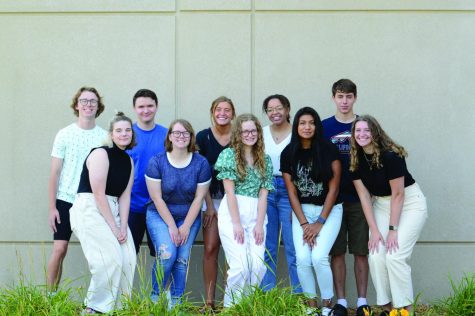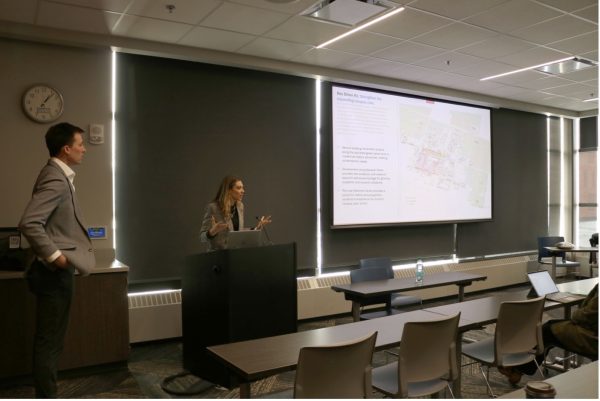Student enrollment matches expanding campus
September 25, 2013
Issue: The Board of Regents released its fall 2013 enrollment numbers and SDSU saw varying results.
SDSU is the pride of the South Dakota Board of Regents system. It has the most students about one-third of the state’s public school attendees.
President David Chicoine indicated his pleasure with the retention rate bumping up to 78 percent in 2013. That’s much improved from the 73 percent in 2011 and it’s also a sign that students are having success in their initial years in Brookings for college. For all of the attention that is paid to making sure that first-year students are getting acclimated to school and they’re passing their classes and that they’re not falling behind, there’s good news: It’s working.
It was a good time to add residence halls to SDSU. As a whole, the buildings are at a 97 percent capacity. The goal of adding new residence halls is to help with retention rates, as they allow first and second year students to live in an area of campus that is more accessible for student needs. They offer a sense of community for incoming students. The new residence halls include amenities such as air conditioning and suite-style living, with the hopes of attracting more students.
The overall head count of students is down for a third consecutive year but that’s not a big deal. This year, it’s down 29 students, which is the lowest margin from year-to-year over the course of those three years. The number is still above 12,500, which is where the university expects itself to be on annual basis. USD and Northern State also found their numbers decrease from 2012 and there were only marginal increases in the numbers at Black Hills State and Dakota State. Aside from a large increase in enrollment at the School of Mines, everyone in the state is in the same boat.
Although the freshman class showed a large increase, the real loss of enrollment came from non degree-seeking students. Another interesting number is the percentage of South Dakotans attending school in Brookings is down by five percent to 58 percent of the total. BOR CEO Jack Warner said because there aren’t as many students graduating from high school in South Dakota due to smaller class sizes as there used to be, that will only carry over to the number of students who are attending college. Rather than focusing efforts on South Dakota high school students, the university will have to look elsewhere for an increase in student enrollment. A smaller South Dakota student pool means more work for the admissions and marketing arms of the university, who will have to keep selling the school to high school juniors and seniors in Minnesota, Iowa and Nebraska and probably further out if the university is to keep on pace to graduate 2,700 students by 2018.
Stance: The numbers indicate that SDSU is having success, but the pressure to recruit students will only intensify.






















